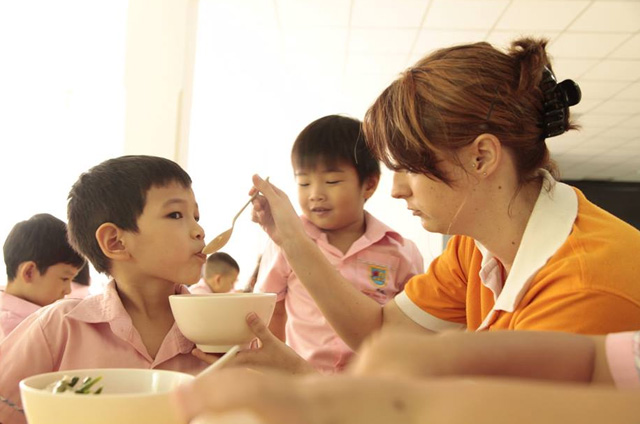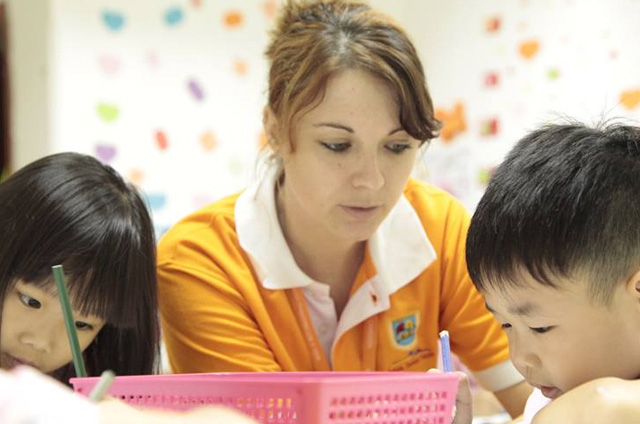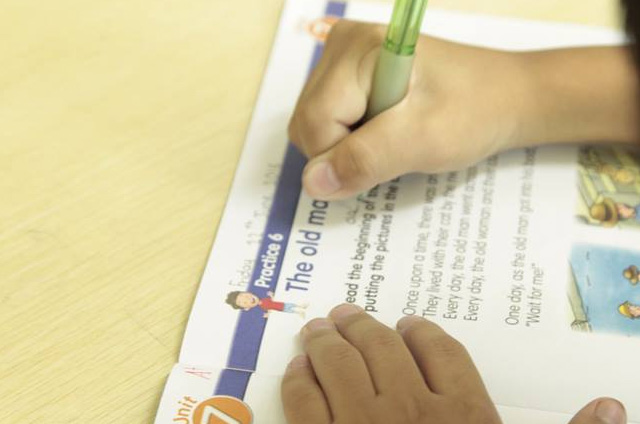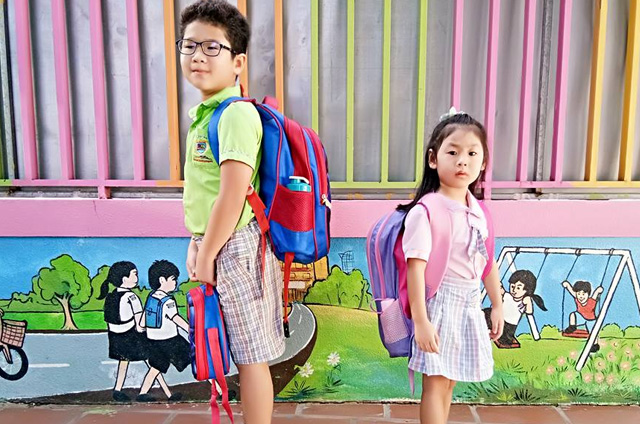At World International School Cambodia we are awake to the realities experienced in our lives today that, there is a reliance on technology in our work and personal lives, to the extent that we view it as our responsibility to prepare our students to exploit its many applications and benefits – comfortably, productively and responsibly as global digital citizens.
Create and Explore with emerging technologies
Today’s world sees the introduction of new products and technologies almost on a daily basis. At WISC, we have a proud tradition of introducing advanced cutting-edge facilities, equipment/tools, teaching methods and learning environments that provide the opportunities for students to realize their ideas. Your child can become one step ahead with exposure to various equipment/tools not offered in the typical classroom, giving them the advantage to learn various skills that can benefit their creativity and ingenuity.
Technology as a tool is important. At WISC our philosophy is that tech is a tool to support learning and to engage students in learning in unique and different ways to suit all learning styles. Our state-of- art tools and programs are coupled with world leading educators and an education technology coaching program designed to support not only students, but to develop all teachers to use technology effectively. We also focus on up-skilling our school community to adapt to changing nature of technology and modern learning. Pen and paper is one of the most innovative products ever invented. What we utilize in technology and resources is no different.
Digital Literacy
Our ICT Philosophy
World International School Cambodia (WISC) uses digital literacy, to help provide for, guide and support our students with purposeful experiences that will help them:
- Develop problem solving and higher order thinking skills through learning the basics of Information Communication Technology (ICT)
- Communicate and collaborate effectively and meaningfully using a variety of digital tools and technologies
- Create, personalise, interact with and present their own content using industry standard tools and best design practices
- Build understanding about how to use technology appropriately and meaningfully
- Take ownership of their learning, and be able to evaluate it and reflect upon it
- Become a responsible Digital Citizen, by developing an understanding of how to be safe online, make responsible decisions about sharing information, and evaluate and acknowledge sources of information
In view of the captioned objective, it is clear that Digital Literacy at WISC is used to enhance the teaching-learning environment as it pervades all subject areas and phases of learning. We are dedicated to ensuring that our students have access to instructional, assistive and innovative technology to support their learning experiences, and within a learning environment that extends beyond the four walls of the classroom.
We remain steadfast to our commitment that online learning happens in developmentally appropriate and authentic ways.
Students use technology tools to locate, explore, analyse, exchange and present information responsibly and creatively. We believe that increased competence in the use of Technology promotes initiative and independent learning, with students being able to make informed judgments about when and where to use it to best effect.
Our Digital Literacy teachers work alongside subject teachers in weekly lessons to seamlessly integrate ICT into the units of study in all classes. This integrated model ensures that the children have personalised and authentic learning experiences across a range of curriculum areas.
Through this collaborative model, our teachers are then empowered and resourced to incorporate ICT into other classroom lessons. To support this, our teachers and students have access to a Technology Suite and mobile laptop equipment. Classrooms are equipped with a sound system, a digital projector, a visualizer, and wireless internet connection. We are committed to the long term investment in hardware resources so that access to technology is at the fingertips of teachers and learners.
































